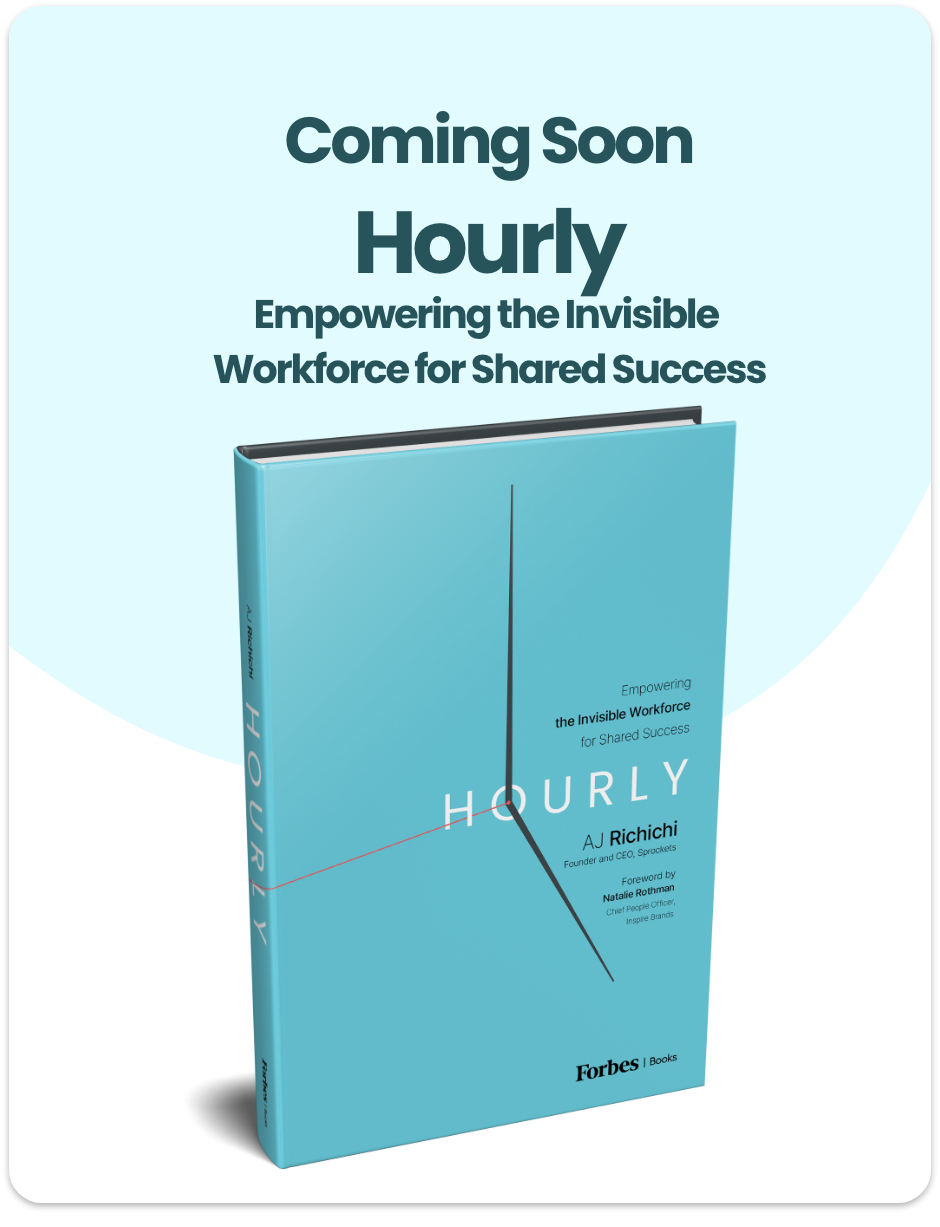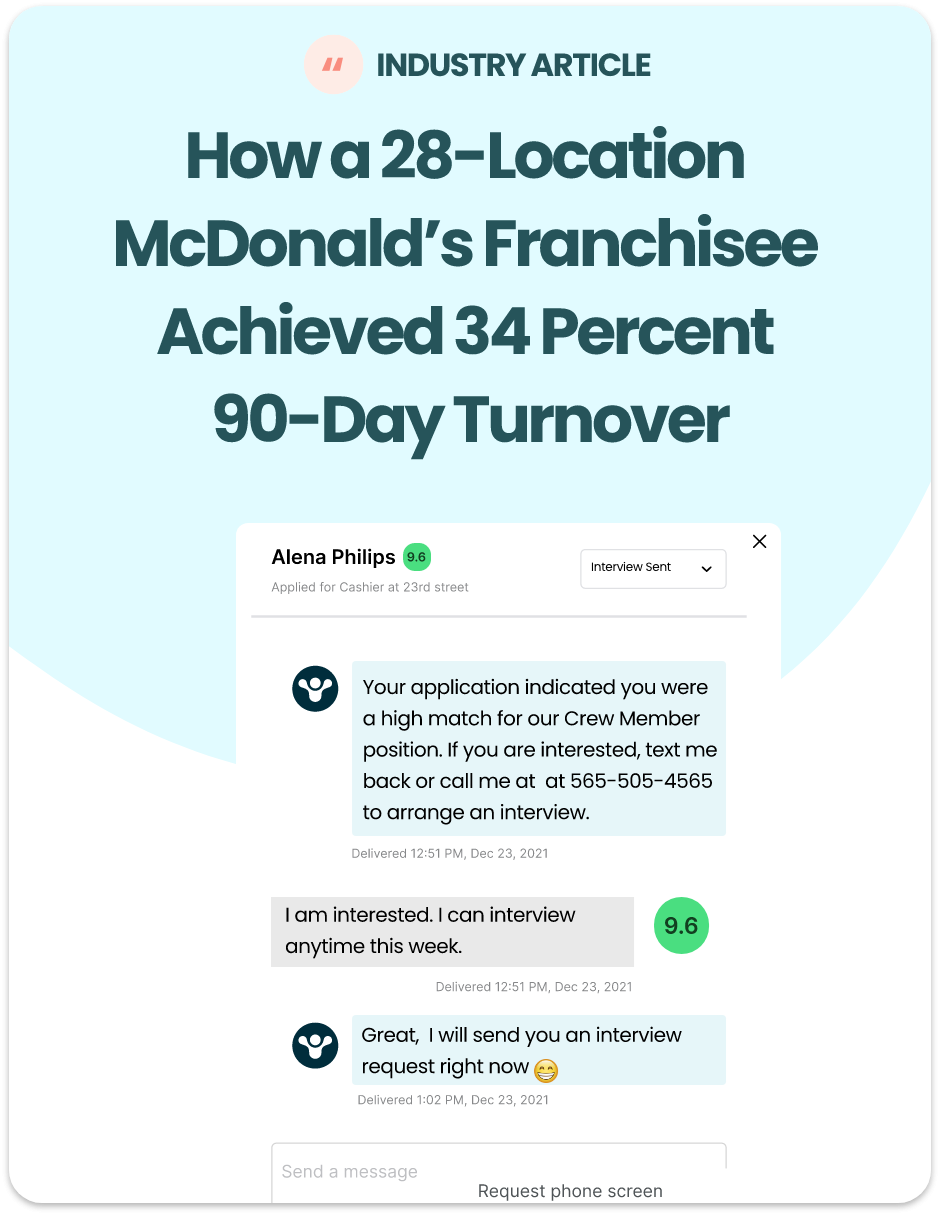With an aging population, there is an increased demand for caregivers. But, not just anyone can fill this role. Those who deal with the elderly population are in charge of another person’s life, which can’t be understated. That’s why finding the right people to fill these open caregiver roles is crucial to the safety and wellbeing of the elderly they are hired to help. Follow these six tips for hiring caregivers to help ensure you hire quality employees to represent your business.
Tips for Hiring a Caregivers
1. Start by Writing a Clear Job Description
Make sure the caregiver is qualified and has experience with your specific needs.
Have an interview process that includes questions about their skills, personality traits, work history, references, etc. Additionally, ask about examples of their previous work experiences they have had in order to get a sense of how well they communicated and collaborated with others.
2. Inquire About Relevant Experience
While skills can be taught, it’s always important to ask applicants about their relevant experience. Even if their experience is not directly related to being a caregiver for the aging population, relevant jobs are good to know about. This can include babysitting, being a nanny, a camp counselor, or volunteer experience. Having an applicant that is familiar with the basics of the job is a good indicator that not only will they be a good fit, but that they will enjoy the position and stick around, compared to someone new to caregiving in general who suddenly realizes it’s not a good fit for them.
3. Ask Situational Questions During the Interview
In the case of caregiving, it is important to ask situational questions relevant to the job they are applying to have. Asking applicants to answer with the STAR method of questions is a good format to follow, which stands for Situation, Task, Action, Result.
For example, if you ask “Tell me about a time when you were assigned a task and something went wrong” the applicant should answer with the situation they were in, the task they were assigned, the action they took to fix it, and the end result. A response example may be, “I was babysitting for a newborn and I was attempting to put her to bed. The baby would not stop crying, so I evaluated what the problem could be by going through my checklist of diaper change, bottle, being read to, and turning the sound machine on. Once I got through my list, the baby stopped crying when I put the sound machine on and went to sleep.”
The STAR answer format gives you better insight into how an applicant problem solves, opposed to a response like, “I babysitting and the baby wouldn’t go to sleep, I turned the sound machine on and they fell asleep”. In addition to asking situational questions, here are other great questions that you can ask caregivers.
4. Do Reference Checks
Often overlooked in the hiring process due to the speed of hiring, reference checks should be included in your hiring process for caregivers. Reference checks should include calling at least two references from an applicant’s past. While people new to the workforce may not be able to include a past employer, encourage them to submit anyone they have volunteered with or any references from school.
5. Hire in Groups
When you hire in groups, you can more efficiently onboard new hires and get them up to speed on their position. In addition, when multiple hires are made at once, the employees can use each other as a resource, and holes in training are more easily exposed. Hiring in groups can also allow you to better pair new hires with clients, ensuring each one is best matched.
6. Conduct Background Checks
The elderly population is vulnerable to abuse and neglect, which includes actions like physical abuse, not being fed, getting stolen from, and more. Whenever you are hiring someone for a caregiver position, it is essential to conduct background checks. Background checks should include verification of any certifications/relevant education, history of violence or theft, and an applicant’s credit score.
7. Sign an Agreement
Have a written plan of care expectations in place before hiring the caregiver. This step is important because it aligns the responsibilities and standards for both you and the caregiver. This agreement doesn’t need to be complicated but should outline the basic information that you and the caregiver have discussed. This should include:
- Who will be responsible for what
- What are their responsibilities of the caregiver and how often do they need to visit
- How much time the person spends at a home a per week
- The agreed compensation rate and pay periods
Overall, hiring for caregivers should be a well-planned process to ensure the best people are chosen for your business and clients. Going through relevant experience, situational questions, reference checks, and background checks can help ensure you make the best hire. Once you’ve determined you are interested in a few applicants, consider hiring in groups to increase your onboarding efficiency.
Plus, learn how the use of pre-hire assessments can help you determine who has the right mental makeup to work as a caregiver for your business. Learn how Sprockets is helping other home care business owners hire great people.






























